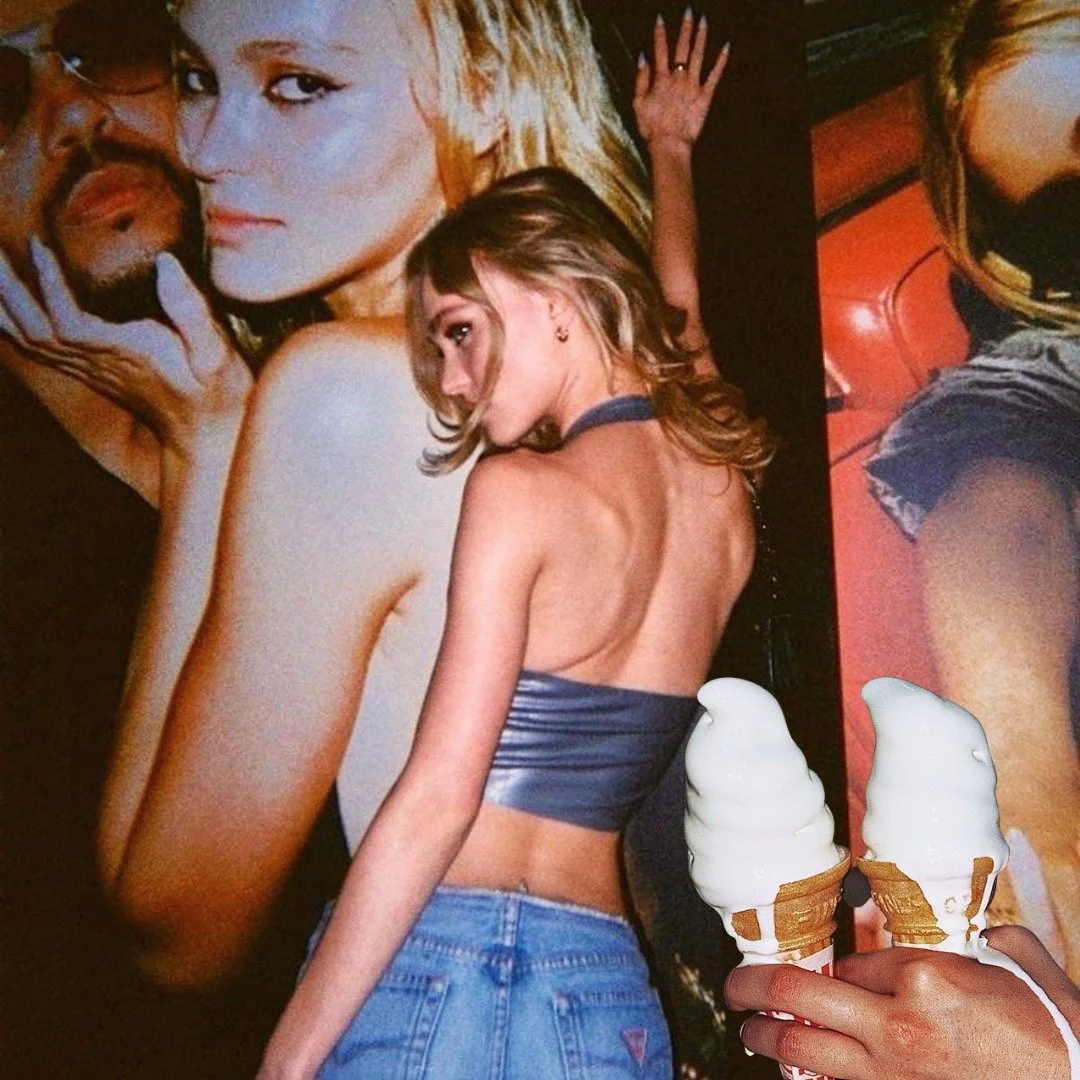What’s Wrong with Casual Nudity
By Patricia Patnode
Recently released MAX show The Idol is baring it all with its nonchalant nudity.
Directed by Sam Levinson, creator of the provocative Euphoria, the show opens with pop star character Lily Rose Depp in bed wearing only a thong. In other scenes, she is topless or essentially topless in a sheer dress.The pilot episode closes with her naked. Thankfully, she discovers more clothing as the brief season develops.
Perhaps the casual, constant nakedness is to communicate that the main character is so disconnected from her dignity and privacy that she is indifferent to being objectified. Another message could be that beauty and sexuality are tools of power.
Maybe the director is trying to make a profound point, but I doubt it. Levinson has been criticized for allegedly fetishising teenagers and glamorizing violent sex in his productions. These themes were evident in his portrayal of Kat, a lost teenager in Euphoria who seeks a self-confidence boost in moonlighting as a cam-girl. But Levinson was still generally praised for his onscreen treatment of mental illness, addiction, and transgenderism.
Maybe I’m desensitized after spending three weeks in Europe, where most women go braless, but Depp’s nakedness didn’t shock me. If anything, it felt tired.
Nakedness was once special, reserved for paintings of goddesses, nymphs, saints and the sacrament of marriage. Today, it’s difficult not to encounter nakedness casually, whether in the club or on a San Francisco street corner.
Breasts are especially exalted in Renaissance art as they represent fertility and divinity. In Florence, I looked at dozens of paintings of Mary and baby Jesus, often showing the mother of God sitting on a throne with an exposed breast, as if the onlooker interrupted her nursing. The picture shows that God is fully divine and that his mother is royalty and fully human.
Recently, I walked through a gallery of paintings and statues of naked Roman gods. After seeing these bodies immortalized on canvas or in stone, I was struck by how different the nakedness on the streets felt in comparison. Out in the open, there were breasts exposed with tight or sheer tops. Bottoms were covered by skimpy shorts that looked like underwear. Stomachs, thighs, and cleavage were showing in every direction.
I thought to myself, “am I slut shaming?”
I don’t think that it’s inherently bad for women to wear crop tops, or that cleavage is evil. I don’t think that judging someone for an outfit choice is often helpful. After some reflection, I determined that my annoyance was a reaction to the apathetic attitude towards breasts.
In one painting I saw, a sea monster was killed by rescuing Greek hero Persus while being distracted by the beauty of a naked woman. Today, the female form seems almost dull due to over-display.
Lillian Fallon, creator of Theology of Style, said in an interview: “I wish someone had had the conversation about modesty that..the body is not bad..we need to reaffirm the dignity of the female form,” [that] the female body is particularly sacred.
In most conversations I’ve had with women my age about modesty and style, they either other themselves or simply insult other women.
They’ll say things like, “My body is for my husband,” “I want this to be sometime special for our marriage…” or the more negative “She looks horrible in that,” “she looks like a slut..”
Appealing to the importance of marriage is not a bad reason to dress modestly, but it’s somewhat missing the point about bodily sacredness, which is probably why I never found those justifications convincing as a teenager. Negative criticism similarly feels incomplete, and is often laced with jealousy.
Some make the point that we should enforce decency laws in public. This issue has also come up when airlines ask scantily-clad women to cover up before flights. There’s also been the issue of nudity at many 2023 Pride parades.
The problem with nudity isn’t coming from the government. Everyone at that level is covered from the neck down and has no interest in fashion. The problem is us: normal people. Hollywood decadence rules many households. Our social fabric isn’t strong enough to resist. Fewer and fewer mothers and female authority figures seem to say: “hm, maybe you shouldn’t wear that out?”
I didn’t have a deep conversation about modesty until I was 24. It was initiated by a friend. As wives, mothers, and friends, we need to communicate the specialness of nakedness. We need to protect the unique function of breasts as life-giving features.
Patricia Patnode is a columnist at The Conservateur and a Junior Fellow at the Independent Women's Forum. She can be found on Twitter @IdealPatricia.


